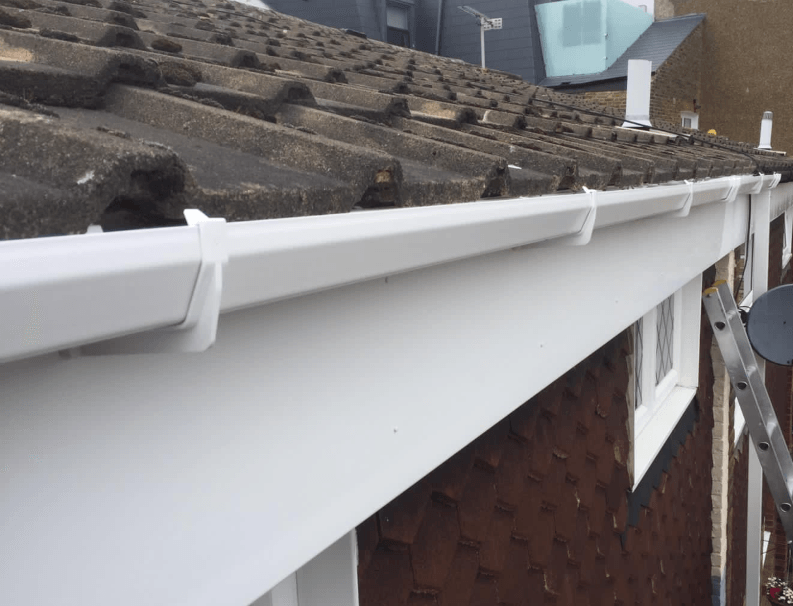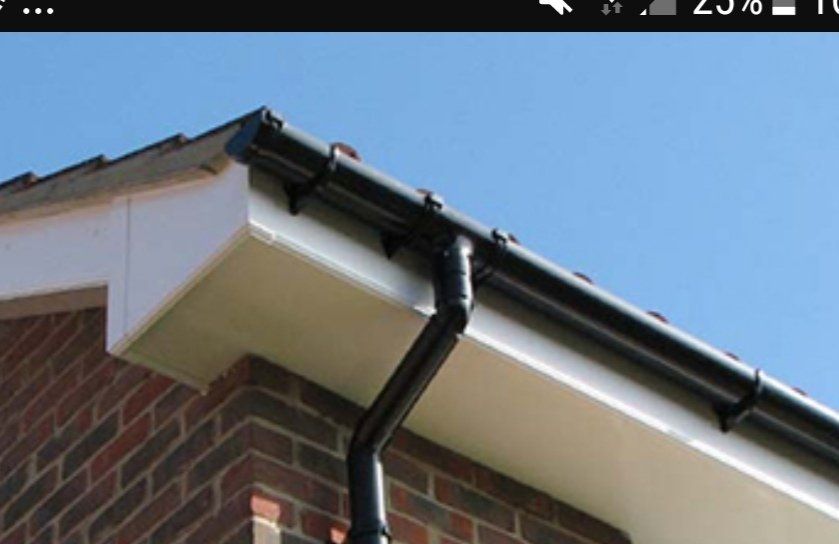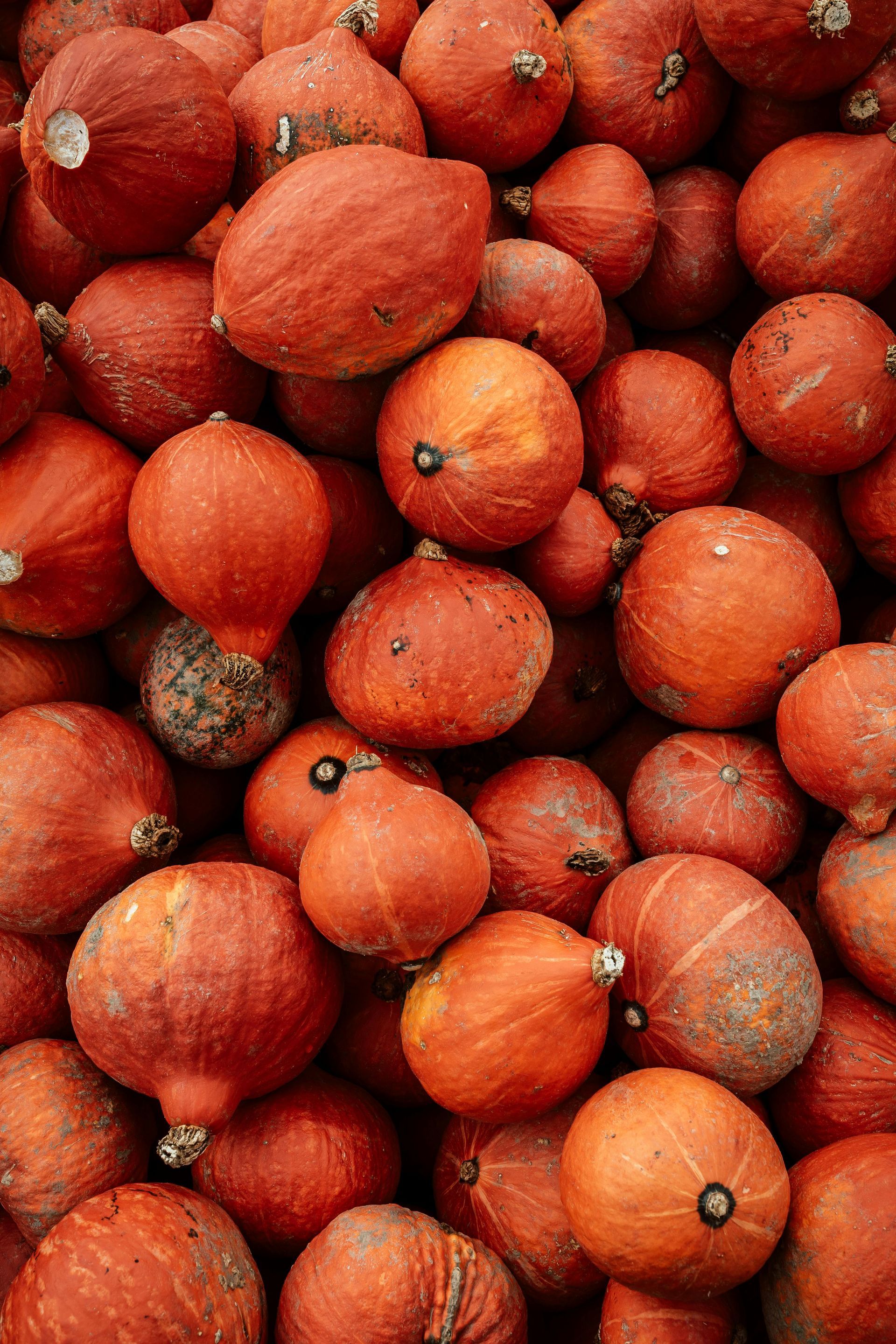Top 5 Roofing Materials for your home: Pros and Cons
The choice of roofing material is a crucial decision for homeowners in the Nottingham. With the region’s unpredictable weather conditions and diverse architectural styles, it's important to select a roofing material that offers durability, aesthetic appeal, and protection. In this article, we will explore the top five roofing materials for homes in Nottinghamshire, highlighting their pros and cons to help you make an informed decision.
Clay Tiles:
Clay tiles have been a popular choice for centuries due to their timeless elegance and durability. They are well-suited for traditional and contemporary homes alike. Some pros and cons of clay tiles include:
Pros:
Clay tiles are Aesthetically pleasing, adding character and charm to any property. In addition, they are highly durable and resistant to fire, rot, and insect damage. Clay tiles have excellent thermal insulation properties, keeping homes cool in summer and warm in winter. Homeowners often choose clay tiles for their long lifespan, which often exceeds 50 years.
Cons:
Clay tiles are relatively heavy, requiring sturdy roof structures to support them. To install clay tiles properly professional installation is necessary, which can increase costs. When clay tiles are walked on, they can are vulnerable to cracking or damage, leading to leaks. Furthermore, the initial investment of clay roofs can be higher compared to other materials.
Concrete Tiles:
Concrete tiles are a more affordable alternative to clay tiles while offering similar benefits. They come in various shapes and styles, providing flexibility for homeowners.
Pros:
As mentioned, concrete tiles offer a cost-effective alternative compared to clay tiles and they are available in a wide range of colours and designs. Concrete tiles offer excellent durability and resistance to fire, rot, and insect damage.
Concrete tiles have a low maintenance requirement, making them a great long term option, suitable for both contemporary and traditional architectural styles.
Cons:
Concrete tiles are heavier than some other roofing materials, meaning structural strengthening may be necessary. Like clay tiles, concrete tiles require professional installation to be fully weathertight. Concrete tiles tend to fade over time due to weather exposure and they also have limited insulation properties compared to other materials.
it's important to select a roofing material that offers durability, aesthetic appeal, and protection
Slate:
Slate roofing has a long history in the UK, known for its natural beauty and exceptional durability. It complements a wide range of architectural styles, from historic to modern designs.
Pros:
Slate is elegant and visually appealing, enhancing the overall aesthetics of a property. In addition, slate is known for its excellent durability, with a lifespan of 100 years or more. Slate is naturally resistant to fire, rot, and insect damage. And has extremely low maintenance requirements. Like clay, slate offers good natural insulating properties.
Cons:
Slate has a higher initial installation cost compared to other roofing materials. Slate roofing requires an experienced specialist to install properly, and slate has to be handled with care as it is prone to breaking easily. Slate is a heavy roofing material with limited options on colour and style, necessitating a strong roof structure.
Metal Roofing:
Metal roofing has gained popularity in recent years, thanks to its modern appeal and long lifespan. It is available in various materials such as steel, aluminum, and copper.
Pros:
Of all the tiled roof materials, metal is the most lightweight and versatile, suitable for both steep and low-pitched roofs. Metal roofs offer high durability and resistance to fire, rot, and insect damage. Metal roofs have a reflective surface, helping to keep houses cool in summer. As with most roofing materials, metal roofs have low maintenance requirements and one of the biggest advantages is that metal roofs are easily recyclable, making them a great eco friendly option.
Cons:
Metal roofs have a higher initial cost compared to traditional roofing materials and they can create a noise disturbance during heavy rain or hailstorms without proper insulation. Professional installation is recommended with metal roofing to ensure proper installation. Metal roofs have limited colour options and are susceptible to denting if struck by large hail or fallen branches.
Synthetic Roofing Materials:
Synthetic roofing materials, such as plastic polymers or rubber compounds, offer a cost-effective alternative, contemporary to natural materials while replicating their appearance. They provide versatility and durability.
Pros:
Modern synthetic roof materials are lightweight and easy to install. They offer excellent resistance to weather elements, including wind, rain, and UV rays.
Synthetic roof materials are durable and available in a wide range of styles and colours making them suitable for a range of architectural styles.
Cons:
Some synthetic roof materials do not last as long as traditional roof materials like clay and slate, making them less cost effective over time. In addition, synthetic materials are not as eco friendly as traditional materials and may not be easily recycled or reused.
Summary
Choosing the right roofing material for your home requires careful consideration of various factors, including durability, aesthetics, cost, and maintenance requirements.
For homeowners seeking a classic and elegant look, clay tiles and slate provide timeless beauty and long-lasting durability. If budget is a concern, concrete tiles offer a cost-effective alternative without compromising on durability. Metal roofing is a modern choice that combines durability and energy efficiency, while synthetic materials provide versatility and lower maintenance requirements.
Ultimately, it's important to assess your specific needs and preferences, as well as consult with roofing professionals, to make an informed decision. By considering the pros and cons of each roofing material, you can select the option that best suits your home's architectural style, climate conditions, and long-term goals.
Remember, investing in a quality roofing material is an investment in the protection and value of your home, ensuring peace of mind and long-term satisfaction. For help selecting the right materials for your roof, call roofers Nottingham today!
You might also like



